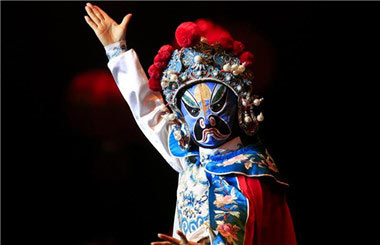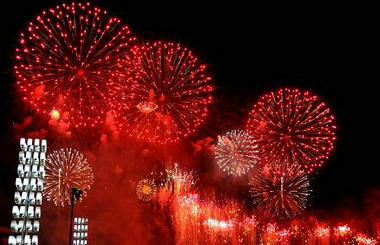A diplomat's tales of three Chinese cities
By Mahmoud Allam ( chinadaily.com.cn ) Updated: 2016-03-02 09:50:22
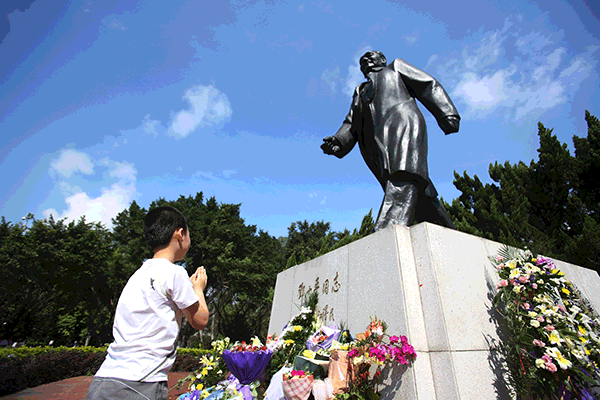 |
|
A child is worshiping Deng Xiaoping in front of his statue in Shenzhen on April 4, 2014. [Photo/CFP] |
Shenzhen
Shenzhen in Guangdong was another city on the mainland where I discovered different dimensions of China, especially related to the Chinese people's dynamism and mobility. It was one of the cities that I visited several times during my stay in China, and each time I used to witness and learn new things that added to my knowledge and enriched my understanding of China. The city stood as a symbol for and a result of China's policies of reform and opening up that were launched by Chairman Deng Xiaoping. Shenzhen was one of China's first experiments with a special economic zones (SEZs), and it represents, in my view, a model for other developing countries to learn from.
The speed with which Shenzhen developed and grew gave it the title of the "Overnight City"; people used to compare its rising buildings to bamboo shoots after a good rain. I admired the way the city was planned, keeping a balance between urban construction and natural greenery. Shenzhen is a city where young people represent the majority of its population. Many of Shenzhen's inhabitants migrated from their home cities and villages in the western provinces to pursue their dream of having a better life.
I can imagine the positive impact of the exposure that many of these youths gain from living and working in Shenzhen. Equipped with new skills, knowledge and entrepreneurial spirit, many of these youths could return to their home villages and cities in the western provinces to contribute to their social and economic development.
In modern history, while many developing countries are exporting migrants to the outside world for economic or political reasons that create the phenomena of brain drain, most of the migrant movements in China during the past decades are heading from the country's western provinces to the eastern ones. The result of these migrant movements will be that the successful models of the eastern provinces will be emulated in the western ones.
Although Shenzhen is not a city of ancient history like many other places in China, I admired the attention paid by the city's government and urban planners to the cultural features of the city. When visiting Shenzhen, I used to enjoy attending many of the cultural and art performances there, as well as the "Culture Industry Fair" hosted annually by the city.
Shenzhen, which started off as a small fishing village looking out from the mainland at Hong Kong, has transformed into a big, vibrant metropolis, standing tall and setting the speed and quality by which China has been developing since the 1970s.
|
|
|
|
|
|
|
|

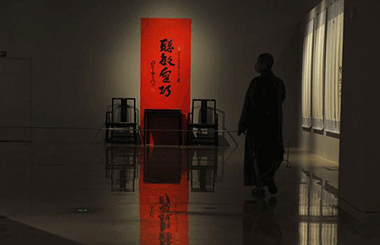
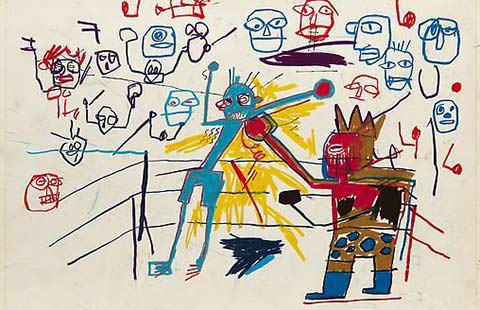




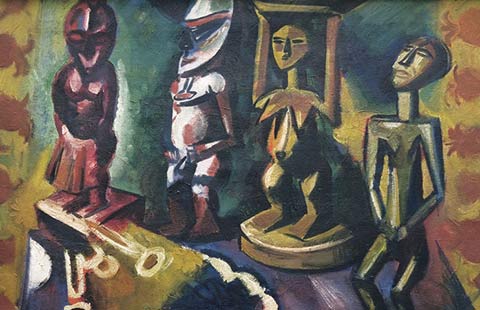








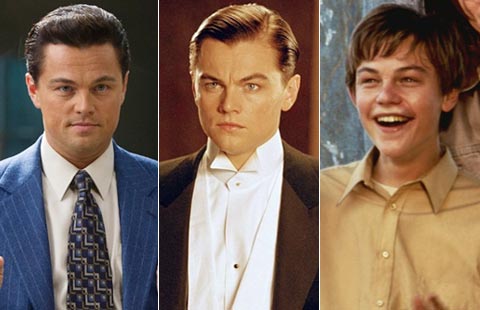




 Raymond Zhou:
Raymond Zhou: Pauline D Loh:
Pauline D Loh: Hot Pot
Hot Pot Eco China
Eco China China Dream
China Dream China Face
China Face



